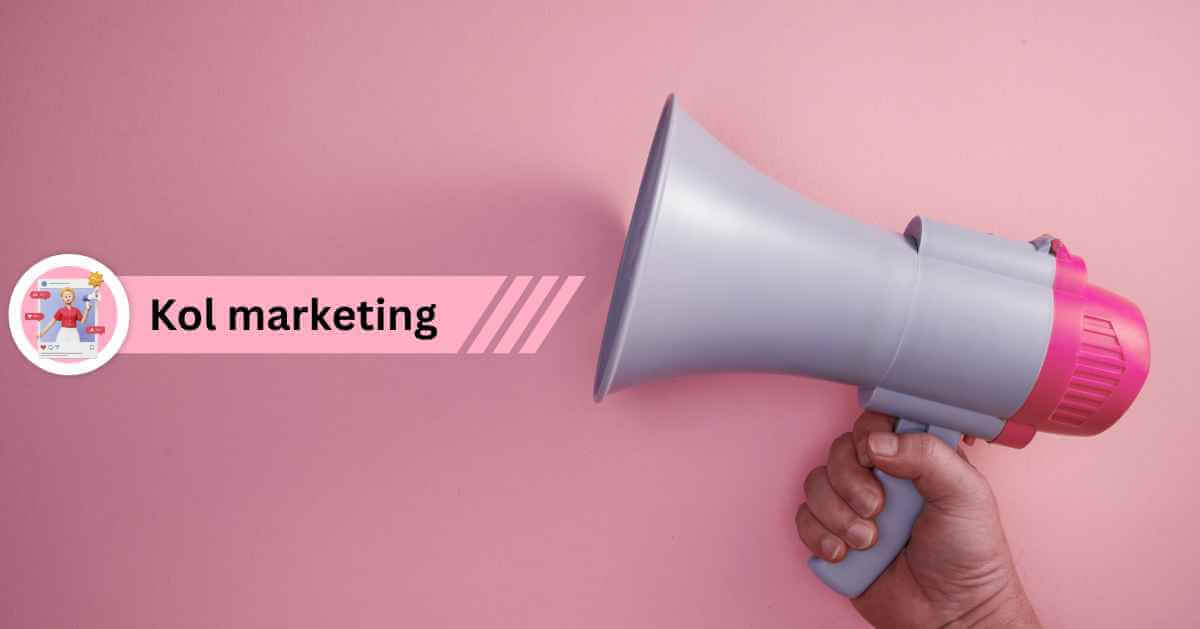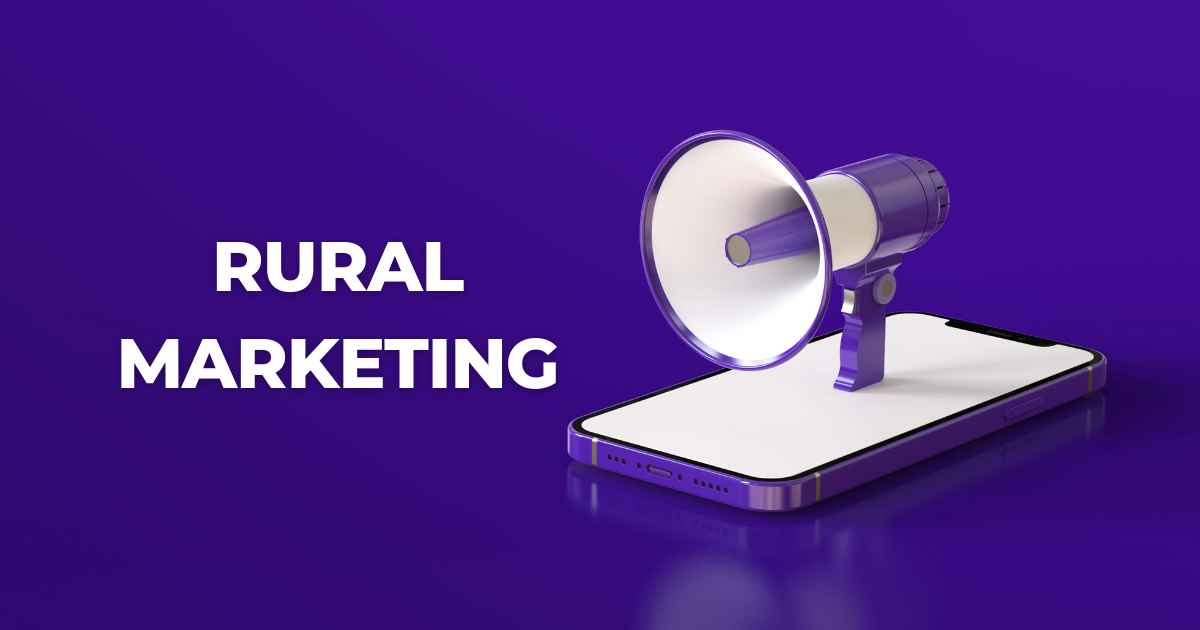In the age of digital trust and social proof, Key Opinion Leader (KOL) marketing is emerging as one of the most powerful strategies for brand influence and growth. With increasing competition and consumer skepticism, people now turn to trusted voices, not brands, to guide their purchasing decisions.
What is KOL Marketing?
KOL stands for Key Opinion Leader—an individual who has deep knowledge, authority, and influence within a specific niche or industry. Unlike general influencers, KOLs are trusted for their expertise and experience, making them highly credible sources of information.
KOL marketing involves partnering with these authoritative figures to promote your brand, educate an audience, or influence purchasing behavior.
Examples of KOLs:
- A dermatologist promoting skincare products.
- A tech journalist reviewing the latest gadgets.
- A chef endorsing kitchen appliances.
- A fitness coach recommending workout gear.
- A financial analyst evaluating investment apps.
These experts often have a long-standing reputation, are invited to speak at industry events, and are quoted in authoritative publications.
KOLs vs. Influencers: What’s the Difference?
While both KOLs and influencers impact purchasing decisions, there are key distinctions:
| Criteria | KOLs | Influencers |
|---|---|---|
| Expertise | Deep knowledge or credentials | Often lifestyle-based |
| Trust Level | High (industry expert) | Moderate (mass appeal) |
| Audience | Niche and industry-specific | Broader, general audience |
| Engagement | Higher trust and relevance | Higher volume, lower trust |
| Longevity | Long-term thought leadership | Trend-driven visibility |
Influencers may gain popularity through viral content, while KOLs often build their following through years of domain-specific contribution. This makes them more effective for industries like healthcare, finance, tech, and B2B marketing.
Read more about : Influencer Outreach Guide: Strategies, Tools, and Best Practices
Why KOL Marketing is Crucial in 2025
- Builds Brand Credibility: KOLs add third-party validation and social proof.
- Enhances E-E-A-T Signals: Collaborating with KOLs signals that your brand values credible sources and authentic voices.
- Niche Targeting: KOLs have influence over specific communities, improving targeting precision.
- Higher Engagement: Their followers are more likely to trust their recommendations and interact with branded content.
- AI Content Overload Solution: As generic AI content floods digital spaces, authentic and human-backed voices stand out more.
- Improves SEO & PR Synergy: KOL campaigns that include co-created content, guest posts, or citations enhance SEO and media visibility.
Check out : Market Development Strategy: Unleashing Growth in New Markets
Types of KOLs
1. Mega KOLs
- Celebrity status, millions of followers.
- Appear on TV, magazines, and top-tier media.
- Ideal for massive brand awareness campaigns.
2. Macro KOLs
- 100K–1M followers.
- Prominent within specific industries or verticals.
- Good for national-level product or service exposure.
3. Micro KOLs
- 10K–100K followers.
- Focused expertise in niche segments.
- High engagement rates and strong audience loyalty.
4. Nano/Niche KOLs
- <10K followers.
- Highly targeted influence with intimate community relationships.
- Ideal for product testing, community engagement, and beta programs.
Pro Tip: For startups and SMBs, micro or nano KOLs often offer the best ROI with strong community trust.
How to Build a KOL Marketing Strategy
Step 1: Define Clear Goals
Before approaching any KOL, identify what you want to achieve:
- Increase brand visibility
- Drive website traffic or conversions
- Generate leads
- Educate a specific audience
Step 2: Identify Relevant KOLs
Use research tools and social platforms to find KOLs aligned with your brand values:
- Look for domain relevance, consistency, and audience quality
- Check platforms like AspireIQ, Upfluence, Heepsy, LinkedIn, or BuzzSumo
Step 3: Establish Connection
- Engage with their content genuinely (comments, shares, messages)
- Send personalized outreach emails—not generic sponsorship pitches
- Show how collaboration can benefit them and their audience
Step 4: Collaborate on Content
Successful formats include:
- Guest blogs or interviews
- Product unboxings and demos
- Webinar hosting or panel discussions
- Podcast features
- Exclusive giveaways or Q&As
Ensure KOLs maintain creative freedom while adhering to key brand messages.
Step 5: Track Performance
- Set up UTM links or affiliate codes
- Analyze traffic, engagement, conversions, and sentiment
- Use analytics dashboards (Google Analytics, HubSpot, etc.)
Real-World Case Study:
Brand: A wellness startup launching a plant-based supplement. KOL Partner: A certified nutritionist with 80K Instagram followers and a YouTube channel.
Strategy:
- 3 sponsored reels + 1 YouTube review
- Educational infographic carousel
- Live Q&A session on Instagram
Results (in 30 days):
- 120K reach
- 6.2K direct website visits
- 1.8K purchases
- 24% uplift in brand mentions
The startup also repurposed content for blog posts, email campaigns, and paid social ads.
Measuring KOL Campaign ROI
It’s essential to track both qualitative and quantitative KPIs:
- Reach & Impressions: Measure exposure level.
- Engagement Rate: Track likes, shares, comments, saves.
- Traffic & Conversions: Use custom links or referral tracking.
- Sentiment Analysis: Monitor audience tone and feedback.
- Influence Score: Evaluate how much a KOL shifted brand perception.
Best Practices for KOL Marketing in 2025
- Do your due diligence—check follower authenticity and past brand collaborations.
- Create clear contracts outlining deliverables, timelines, and usage rights.
- Focus on long-term relationships—familiar faces build more trust.
- Prioritize storytelling over sales pitches.
- Stay compliant with disclosure guidelines (FTC, ASCI).
- Encourage KOLs to co-create educational or value-driven content.
Conclusion
KOL marketing in 2025 is all about leveraging genuine expertise and trust to connect with audiences in a meaningful way. As consumers demand more authentic interactions, KOLs provide the credibility brands need to stand out.
Whether you’re launching a product or building your brand, integrating a well-crafted KOL strategy can be a game-changer.
Ready to tap into the power of KOLs? Start building your influence strategy today!
FAQ’s
A: Yes, KOLs are ideal for targeted campaigns where trust and expertise matter more than mass reach.
A: Rates vary widely depending on their niche, reach, and deliverables—from $100 to $10,000+ per post.
A: Absolutely. Micro and nano KOLs offer great ROI and are accessible to small brands.
A: Instagram, YouTube, LinkedIn, and niche communities like Discord or Reddit, depending on your audience.
A: Yes, especially on platforms like LinkedIn. Think of analysts, consultants, and industry leaders as B2B KOLs.

MoneyMantra, is a passionate content creator with over 5 years of experience in writing about the intersection of technology, business, finance, education, and more. With a deep understanding of how these fields empower both individuals and businesses





